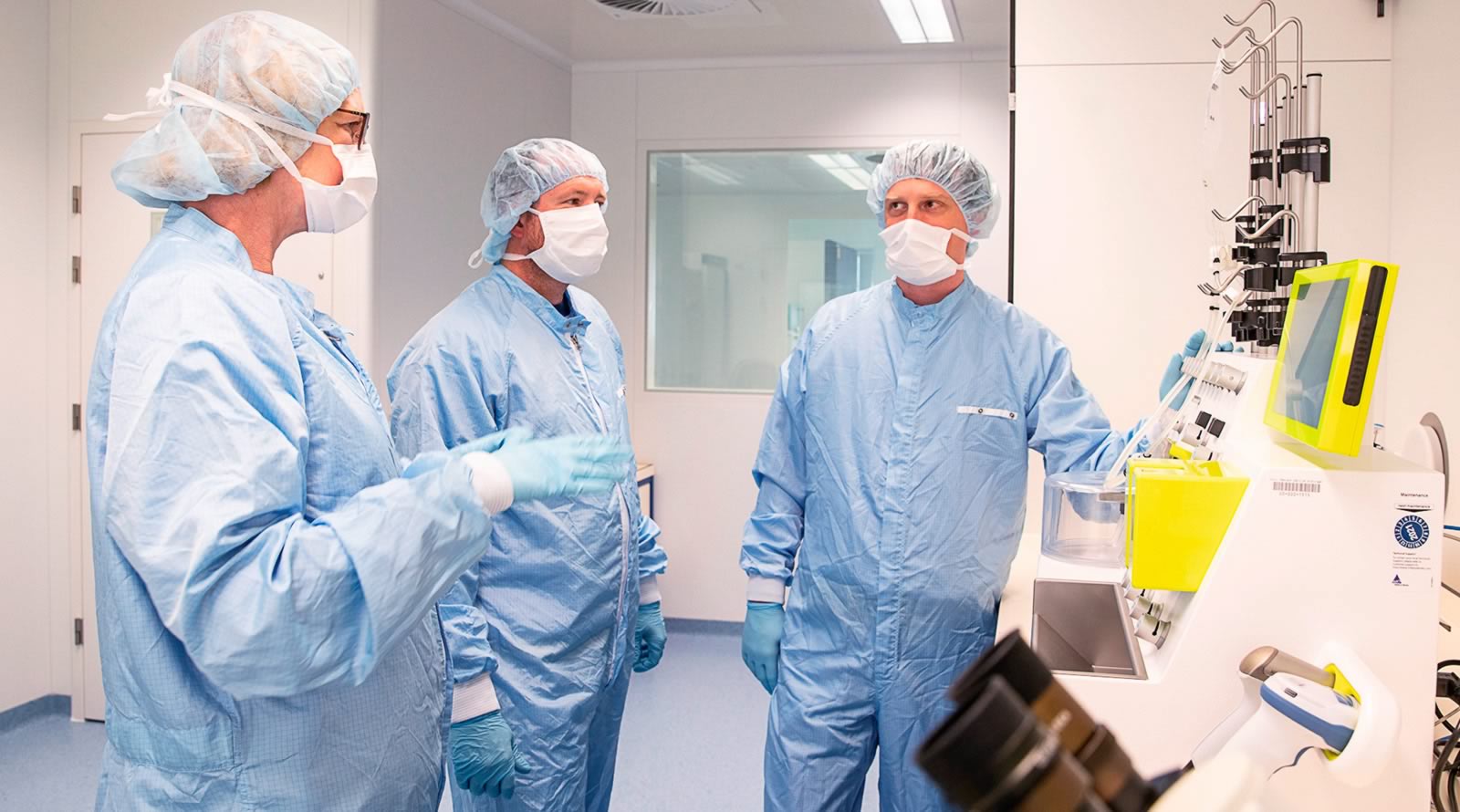Reduced quality of life
Every year in the Netherlands, some 2,500 new patients are diagnosed with a tumour in the head/neck area. Many of these patients have a good chance of recovery after undergoing radiotherapy. However, damage to the salivary glands is a complication that occurs in 40% of patients. As a result, they have a continuous dry mouth, making it difficult for them to chew and swallow, impairing their sense of taste and their ability to talk, and damaging their teeth. Their overall quality of life is greatly reduced.
The research group led by UMCG Professor of Radiotherapy Rob Coppes has spent years studying the possibility of salivary gland stem cell transplants for this group of patients.
Final step in a lengthy process
At the start of this century, Coppes came up with the idea of using stem cell transplants to treat patients with a dry mouth. The first step was to identify the stem cells for salivary glands in mice and humans. The next step was to cultivate the stem cells in a laboratory, so that they would form mini salivary glands (organoids), which could be expanded. Experiments using mice showed that the treatment worked and that the salivary glands were able to regenerate in mice.
Next, salivary gland stem cells from humans were grown in the laboratory and transplanted into mice. This treatment also proved to be successful. The researchers translated their findings to suit humans and the method was adapted for safe clinical use.
First in the Netherlands, and perhaps the first in the world
The researchers at the UMCG are now ready for one of the final steps in this process: treating real patients. The first patients will probably receive the treatment in the summer. As it is still a clinical trial, the treatment will only be offered to a small, selected group of patients.
Patients with cancer of the head/neck area will undergo a CT scan, which is used to make a radiotherapy plan. From this plan the risk of damage to the patient’s salivary glands can be estimated, which will indicate whether the patient is eligible for stem cell therapy. Coppes: ‘The patients who turn out to be eligible will be the first in the Netherlands, and likely the first in the world, to receive this treatment.’



